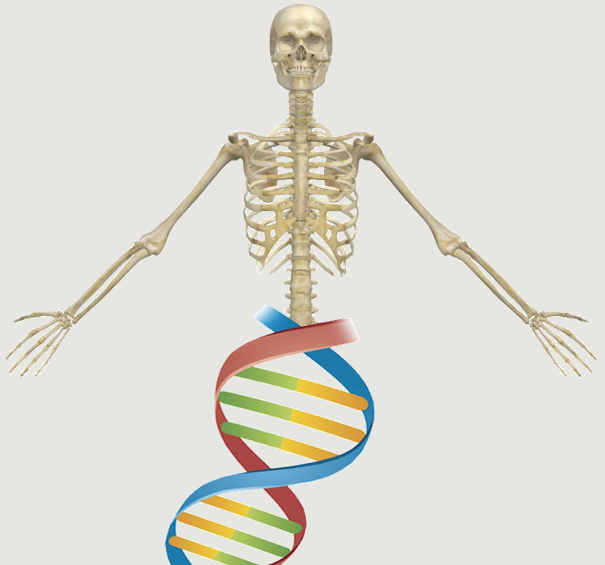Abstract:
This study investigates the three-dimensional structure of the eight plate exoskeletal (shell) assembly of the chiton Tonicella marmorea. X-ray micro-computed tomography and 3D printing elucidate the mechanism of conformational change from a passive (slightly curved, attached to surface) to a defensive (rolled, detached from surface) state of the plate assembly. The passive and defensive conformations exhibited differences in longitudinal curvature index (0.43 vs. 0.70), average plate-to-plate overlap ( approximately 62% vs. approximately 48%), cross-sectional overlap heterogeneity (60-82.5% vs. 0-90%, fourth plate), and plate-to-plate separation distance (100% increase in normalized separation distance between plates 4 and 5), respectively. The plate-to-plate interconnections consist of two rigid plates joined by a compliant, actuating muscle, analogous to a geometrically structured shear lap joint. This work provides an understanding of how T. marmorea achieves the balance between mobility and protection. In the passive state, the morphometry of the plates and plate-to-plate interconnections results in an approximately continuous curvature and constant armor thickness, resulting in limited mobility but maximum protection. In the defensive state, the underlying soft tissues gain protection and the chiton gains mobility through tidal flow, but regions of vulnerability open dorsally, due to the increase in plate-to-plate separation and decrease in plate-to-plate overlap. Lastly, experiments using optical and scanning electron microscopy, mercury porosimetry, and Fourier-transform infrared spectroscopy explore the microstructure and spatial distribution of the six layers within the intermediate plates, the role of multilayering in resisting predatory attacks, and the detection of chitin as a major component of the intra-plate organic matrix and girdle.
Notes:
Connors, Matthew J Ehrlich, Hermann Hog, Martin Godeffroy, Clemence Araya, Sergio Kallai, Ilan Gazit, Dan Boyce, Mary Ortiz, Christine eng Research Support, Non-U.S. Gov't Research Support, U.S. Gov't, Non-P.H.S. 2012/01/18 06:00 J Struct Biol. 2012 Feb;177(2):314-28. doi: 10.1016/j.jsb.2011.12.019. Epub 2012 Jan 10.
Website

